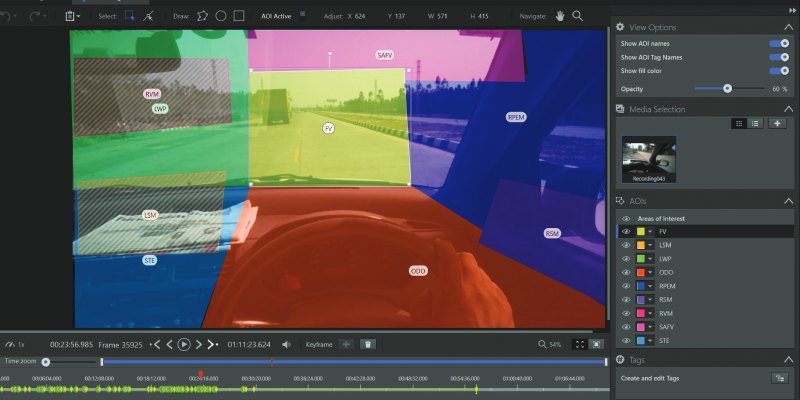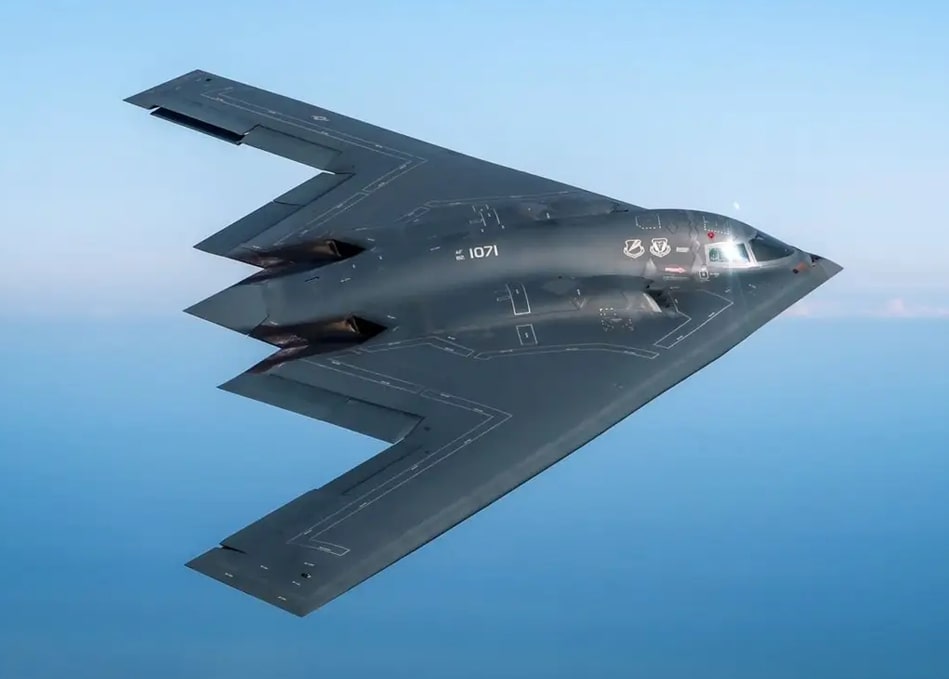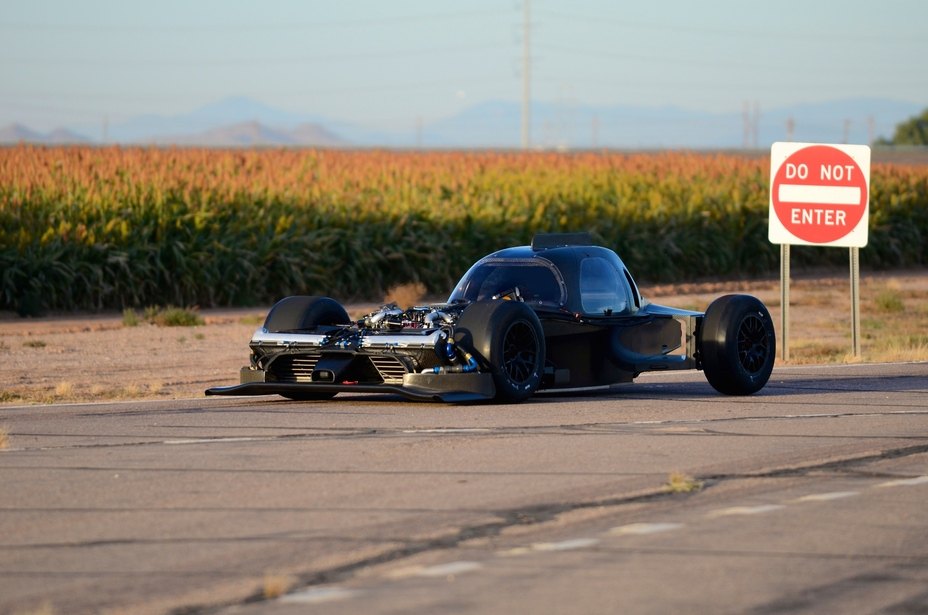- 13,378

- United Kingdom
All of these "my solution will fix F1" posts are so shortsighted though. How is changing the seating position going to address the problems with inconsistent stewarding, track limits, dirty air, F1 staying as the fastest series, engineers designing a car faster than anyone else, an overinflated calendar, too many street circuits and the blatant money grab from FOM. How does adjusting the seating position to something which makes the cars slower for no benefit and worsens safety (congratulations you have just made the roll hoop double the height it currently is) a 100% mandatory solution to......what problem?
This comment just reads like a salty GT fan who thinks GT3 is the only series worth watching. Have you ever actually looked in a GT car and seen the driving position? Driver is low and slung forwards, almost like how the lower and more sat back a driver is is better in every way for racing.
What purpose does this change serve? It's not even an Unpopular Opinion, it's just Factually Wrong because there is no science or reasoning in the argument - let alone a reason why it is a problem that needs solving. Go back to the drawing board and give us reasons - with something to back it up - as to why the driving position is the biggest problem in Single-seater racing and how making the chest and head a larger target for flying debris or tyre walls is going to improve consistency in the stewards room and the necessity for races in Saudi Arabia, Qatar and Sprint Races?
This comment just reads like a salty GT fan who thinks GT3 is the only series worth watching. Have you ever actually looked in a GT car and seen the driving position? Driver is low and slung forwards, almost like how the lower and more sat back a driver is is better in every way for racing.
What purpose does this change serve? It's not even an Unpopular Opinion, it's just Factually Wrong because there is no science or reasoning in the argument - let alone a reason why it is a problem that needs solving. Go back to the drawing board and give us reasons - with something to back it up - as to why the driving position is the biggest problem in Single-seater racing and how making the chest and head a larger target for flying debris or tyre walls is going to improve consistency in the stewards room and the necessity for races in Saudi Arabia, Qatar and Sprint Races?



